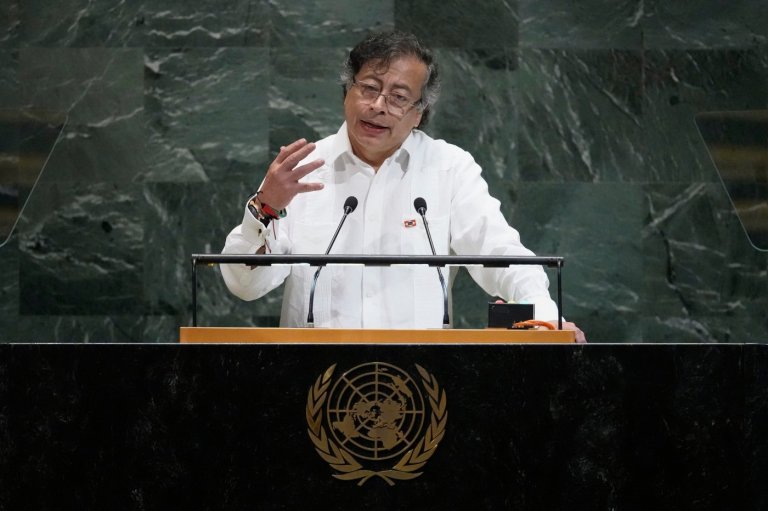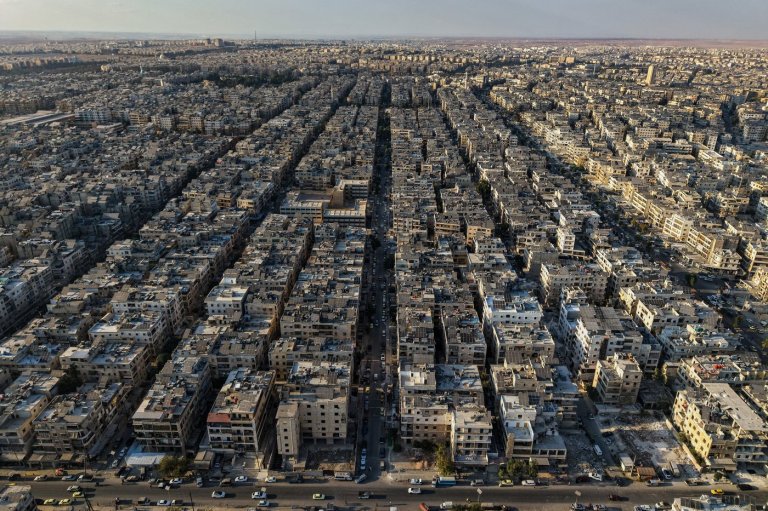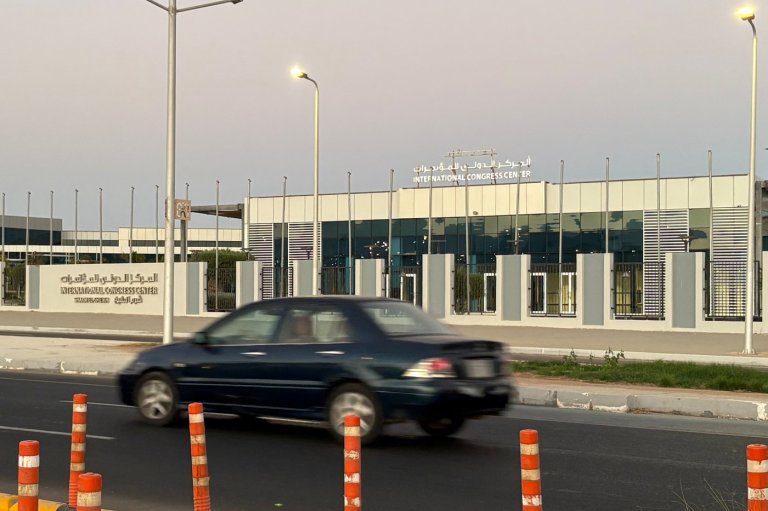Passengers on smoky subway in Washington cursed and prayed, sharing water as responders waited
WASHINGTON – Passengers were still pleading for a rescue 27 minutes after smoke filled their subway cars under the U.S. capital, as communications breakdowns between the train’s operator, his command centre and firefighters left help waiting at a station just 800 feet (250 metres) away, a preliminary official timeline suggested Thursday.
First responders were at the scene but couldn’t safely leave the Metro platform because they couldn’t get a clear answer on whether someone could be electrocuted by the third rail that powers the trains, authorities said.
One woman died and more than 80 were sickened Monday when some sort of electrical malfunction on the tracks stopped the train as it travelled toward Virginia, shortly after it left the busy L’Enfant Plaza station in downtown Washington.
The National Transportation Safety Board is investigating, and Metro officials have declined to comment, leaving the city and passengers to fill in what details are publicly known.
The city’s preliminary timeline confirmed that passengers waited more than a half-hour for help, and that more than an hour passed before an ambulance began carrying the dying woman to a hospital. It shows firefighters waited at the station for 13 minutes before Metro officials confirmed people were trapped and that the electrified third rail had been shut down, reducing the risk of an orderly evacuation.
Passengers, meanwhile, said the train’s operator told them every three or four minutes to stay put, that the problems were temporary and that the train would be moving back into the station, but aside from several lurches, it didn’t move much at all.
Among the questions the timeline didn’t address: Why did it take so long for the third rail to be shut down? Why did the train operator keep telling passengers to stay put? And why wasn’t Metro better able to ventilate the smoke-filled tunnel?
“There are a lot of questions that remain,” said Mayor Muriel Bowser, a Democrat who took office Jan. 2.
Even the timeline released by the city had major holes: It said the first ambulance arrived on the scene nearly an hour after smoke was reported. City officials insisted Thursday that ambulances were there much sooner, but they didn’t say exactly when.
One of the two passengers who plans to sue the transit authority, Malbert Rich, 53, said he composed final text messages to his mother and children, thinking he might not survive.
Other passengers cried, cursed and prayed. Some shared water, and then a bottle of wine as they waited, he said.
Many passengers finally decided to evacuate on their own, against the operator’s instructions. Some reached the station just when emergency responders were leaving the platform and entering the tunnel.
The city fire department has also acknowledged problems with radio communications inside the tunnel. Firefighters’ union president Ed Smith said the department has run into trouble in the past when transmitters installed by Metro inside the tunnels have malfunctioned, inhibiting communication.
___
Associated Press Writer Jessica Gresko contributed to this story.
___
Follow Ben Nuckols on Twitter at https://twitter.com/APBenNuckols.
Join the Conversation!
Want to share your thoughts, add context, or connect with others in your community?
You must be logged in to post a comment.

















